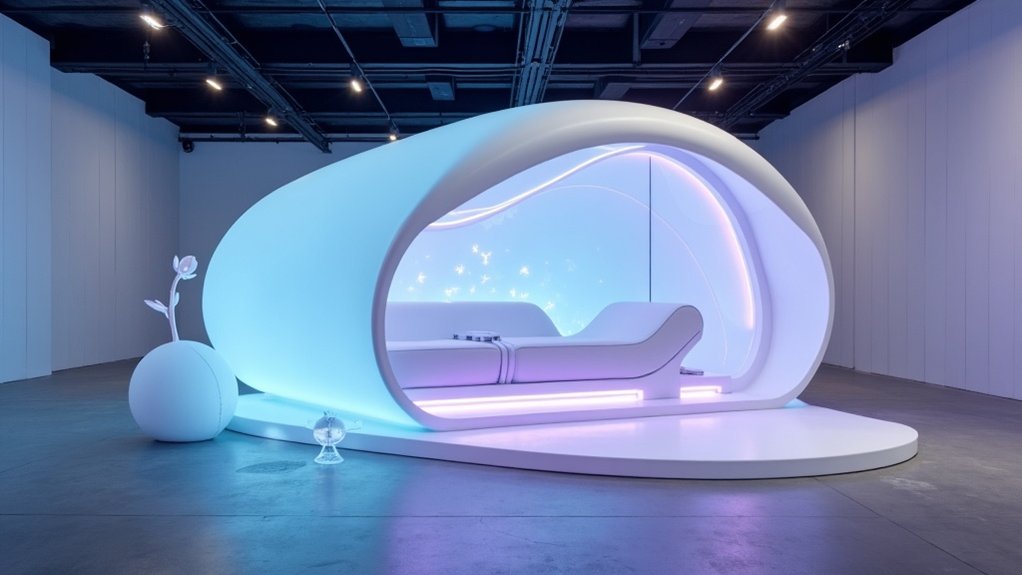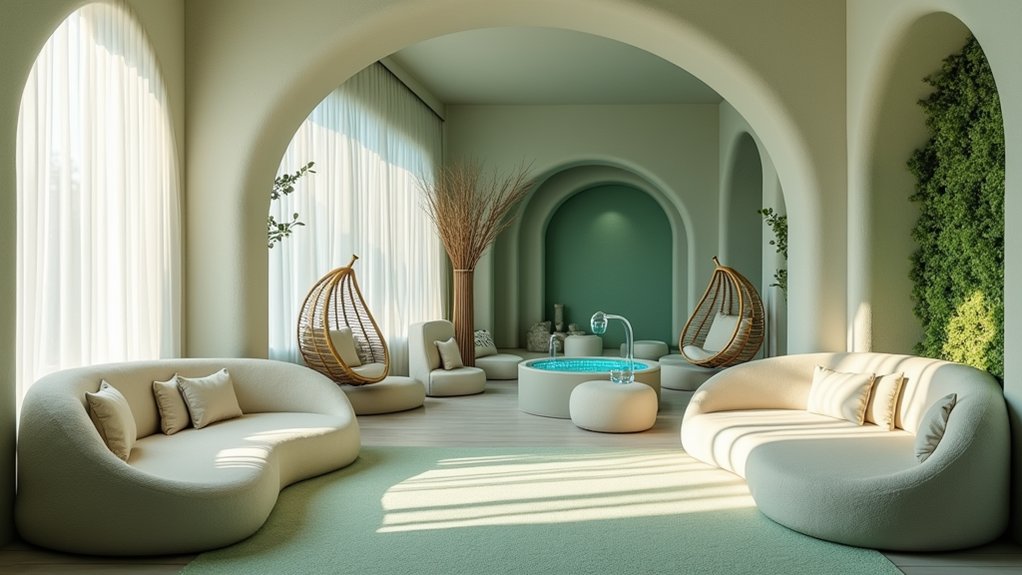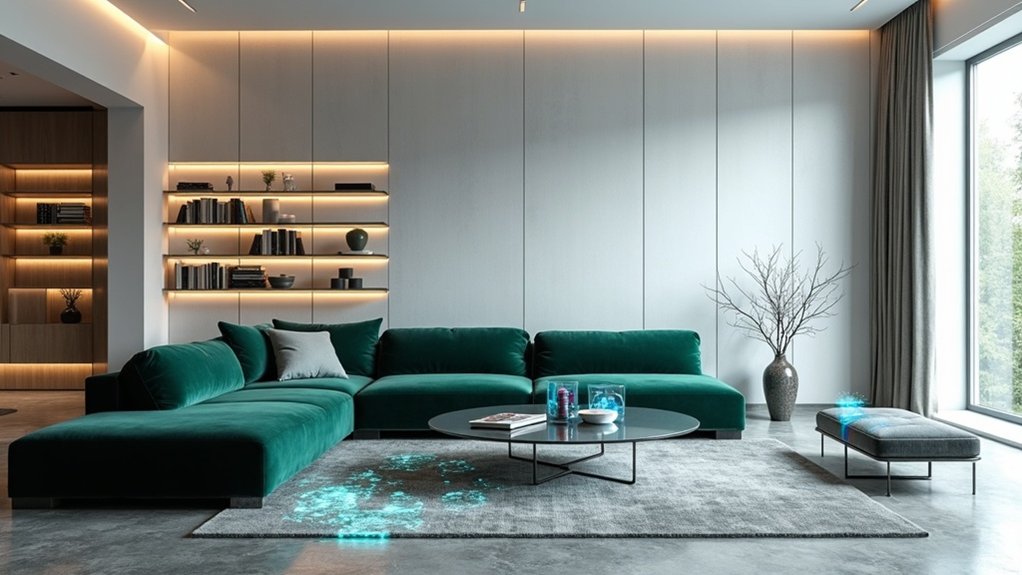While the relationship between physical spaces and mental well-being has long been recognized in psychology, recent research reveals just how profoundly our environments shape our cognitive function, emotional stability, and overall psychological health.
Physical clutter creates mental chaos, research demonstrates. When personal spaces become disorganized, individuals experience diminished task completion abilities alongside increased confusion, tension, and irritability. This scattered physical environment translates directly into scattered mental states, generating stress that materializes as persistent anxiety. Studies show that clutter specifically triggers elevated cortisol levels, the body’s primary stress hormone.
Physical clutter creates mental chaos, diminishing task completion while increasing confusion, tension, and persistent anxiety.
Conversely, organized homes produce markedly positive emotional outcomes, with decluttering linked to increased happiness and self-confidence while simultaneously reducing anxiety levels and improving concentration. Regular decluttering activities also boost mood and enhance physical health through the movement and activity involved in organizing spaces. Additionally, incorporating biophilic design elements, such as indoor plants and natural materials, can further elevate emotional well-being.
The characteristics of living and working spaces prove similarly important for psychological well-being. Access to larger living areas exceeding 90 square meters correlates with reduced concentration problems, while satisfaction with both natural and artificial lighting significantly impacts mental health outcomes.
Views of outdoor greenery uplift mood and focus, whereas lacking dedicated workspaces often precipitates new psychological challenges. Indoor environmental factors including noise levels, visual aesthetics, and air quality collectively influence mental states in measurable ways.
Professional environments demand particular attention given their profound impact on psychological health and productivity. Safe, healthy workplaces minimize interpersonal tensions while improving staff retention and performance metrics.
Poor working conditions characterized by discrimination, excessive workloads, limited autonomy, and job insecurity pose substantial mental health risks. These workplace stressors contribute to staggering economic losses, with depression and anxiety causing approximately 12 billion lost working days annually and costing roughly one trillion dollars in diminished productivity worldwide.
Perhaps most dramatically, extreme environments like those encountered during space missions illustrate environment’s power over mental function. Astronauts frequently experience emotional dysregulation, cognitive dysfunction, and disrupted sleep-wake cycles.
Microgravity induces sensory-motor alterations while radiation exposure impairs learning and memory, demonstrating how radically altered physical environments can compromise executive functions and cause morphological brain changes.
Understanding these environmental impacts empowers individuals to optimize their spaces for mental wellness. By controlling clutter, maximizing natural light, ensuring adequate space, and creating organized environments, people can actively support their psychological health and cognitive performance through thoughtful environmental design.







